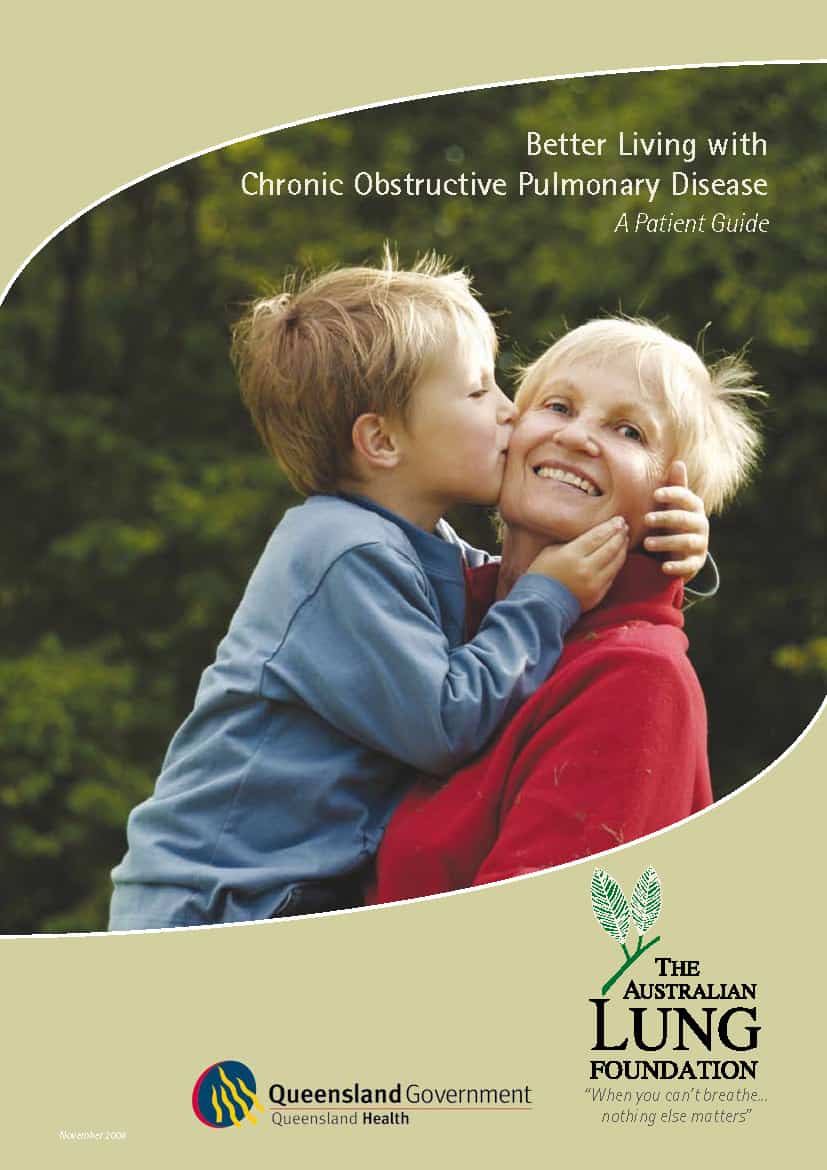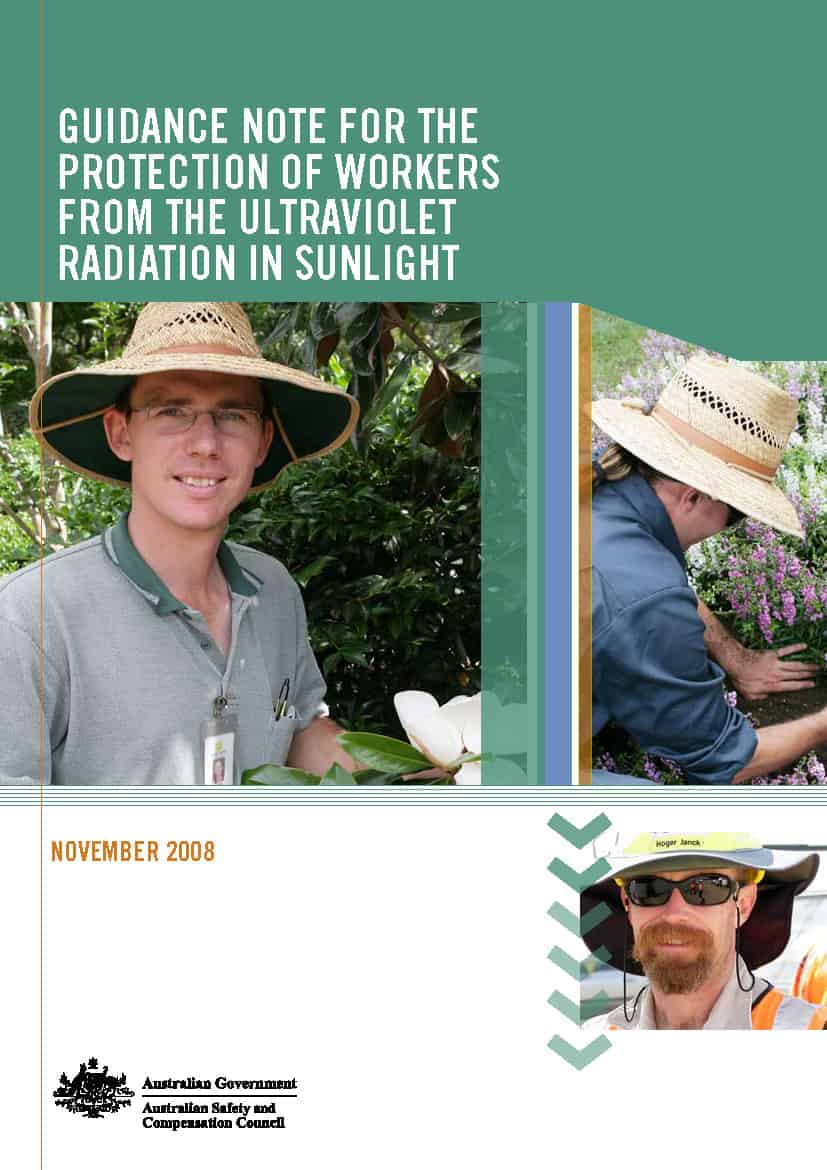Last week the Deputy Prime Minister and Minister for Workplace Relations, Julia Gillard, delivered on some of the government’s promises by presenting the Fair Work Australia Bill into the Australian Parliament. This does not present a revolution but is a solid rollback of some of the excesses of the previous (conservative) government. The responses from employer groups and trade unions were in the tones and on the topics that were expected.
The National Review into Model OHS Laws rolls on towards its January 2009 deadline. The OHS law review was not something urgent for the government, even though it was an election pledge, and it does not indicate a commitment by the government to improving the level of safety in Australia. The aim is to provide an easier way of managing safety across state borders in Australia with the hope that this will flow to benefit the safety of workers.
It is important to remember that this review came after years of concern about the perception(?) that OHS was part of the red tape of managing businesses, and therefore an unacceptable cost burden. The danger in this review is that the recommendations will reduce the business costs with no discernible improvement in safety.
There are many OHS professionals and organisations who are hoping for some grand review of workplace safety. It is a review of law and business bureaucracy, not safety. Those who will most benefit will be large companies that operate in multiple States. It will provide no change to small business. It will not increase safety in the vast majority of workplaces. It may improve the bottom line company results in 2009 when profit growth is declining but that just means that managerial bonuses are less than normal. It does not mean that the cost savings will be used to improve safety.
The Fair Work Australia Bill and the National OHS Law Review may change some of the ways in which corporates approach OHS but they will have little, if any, benefit to individual workers.
It is important to remember that any legal changes always benefit legal practitioners, as well. And OHS lawyers are almost always there after the incident in order to minimise company damage. Policies and procedures are largely determined without legal involvement. Machine guarding is not installed by lawyers. Abusive supervisors are not tempered by legal threats. Safety is the manager’s job in partnership with the employees, and it will always be so.


